Hebron, a Palestinian city nestled in the southern West Bank, boasts a storied history and vibrant culture. Situated 30 kilometers south of Jerusalem, amidst the picturesque Judaean Mountains, Hebron stands proudly at an elevation of 930 meters above sea level. It is the second-largest city in the West Bank, following East Jerusalem, and the third-largest in the Palestinian territories, trailing only East Jerusalem and Gaza. With a diverse population of over 200,000 Palestinians and a notable presence of a hundred Jewish settlers, Hebron is a melting pot of cultures and traditions.
Table of Contents
Hebron Has Ancient Roots
The roots of Hebron trace back to antiquity, earning it the title of one of the oldest continuously inhabited towns globally. Its Arabic name, “Khalil al-Rahman,” meaning “The Friend of God,” reflects its deep spiritual significance. Archaeological excavations reveal layers of habitation dating from the Chalcolithic period to the Umayyad era, highlighting its enduring legacy. Hebron is renowned as the resting place of revered biblical figures like Ibrahim (Abraham), Isaac, and Jacob, alongside their spouses.
Over the centuries, the city witnessed transformations, from Herod the Great’s fortified walls to Crusader churches and Islamic mosques, each leaving an indelible mark on its landscape.
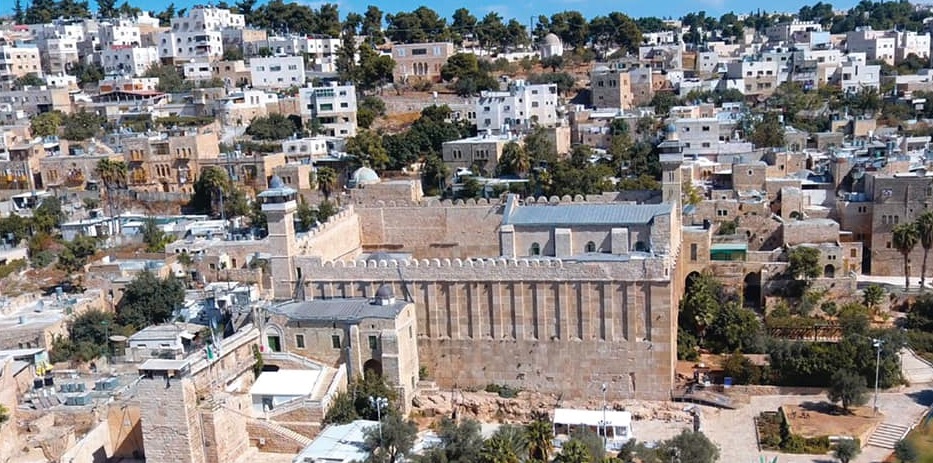
Cultural Continuity
Hebron’s cultural tapestry continues to thrive, shaped by centuries of Islamic heritage and architectural marvels. From the Arab-Muslim conquest, which elevated it to the ranks of sacred cities in Islam, to the prosperous Mamluk and Ottoman eras, Hebron has remained a beacon of cultural richness. Its Mamluk-style architecture, characterized by intricate designs and craftsmanship, stands as a testament to its glorious past. Today, amid its bustling streets and bustling markets, Hebron’s authentic charm and traditional lifestyle endure, inviting visitors to embark on a journey through time.
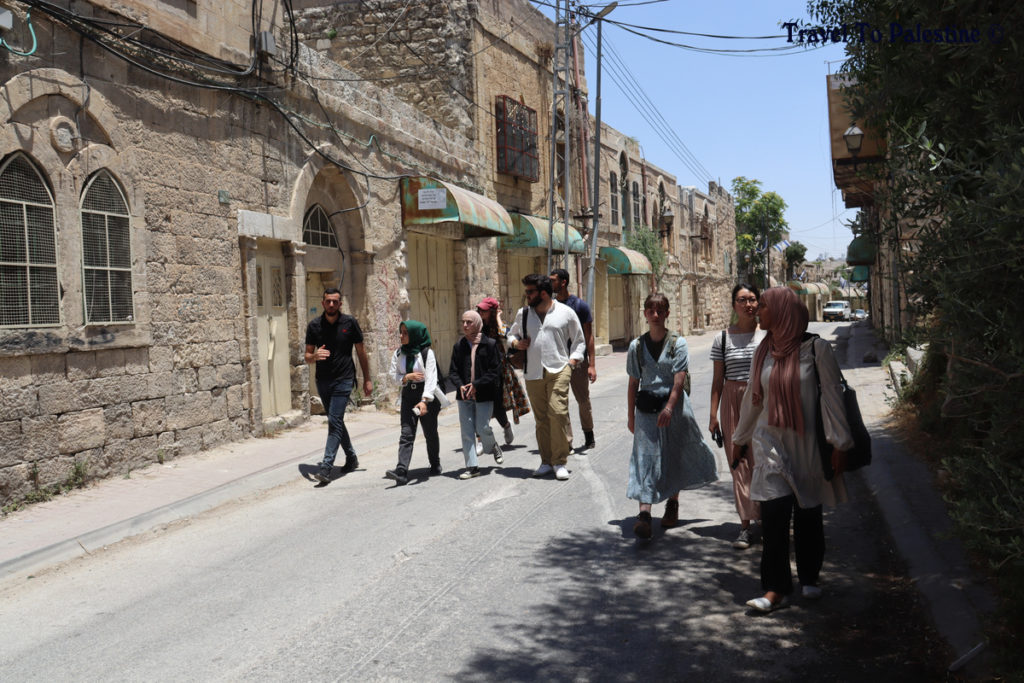
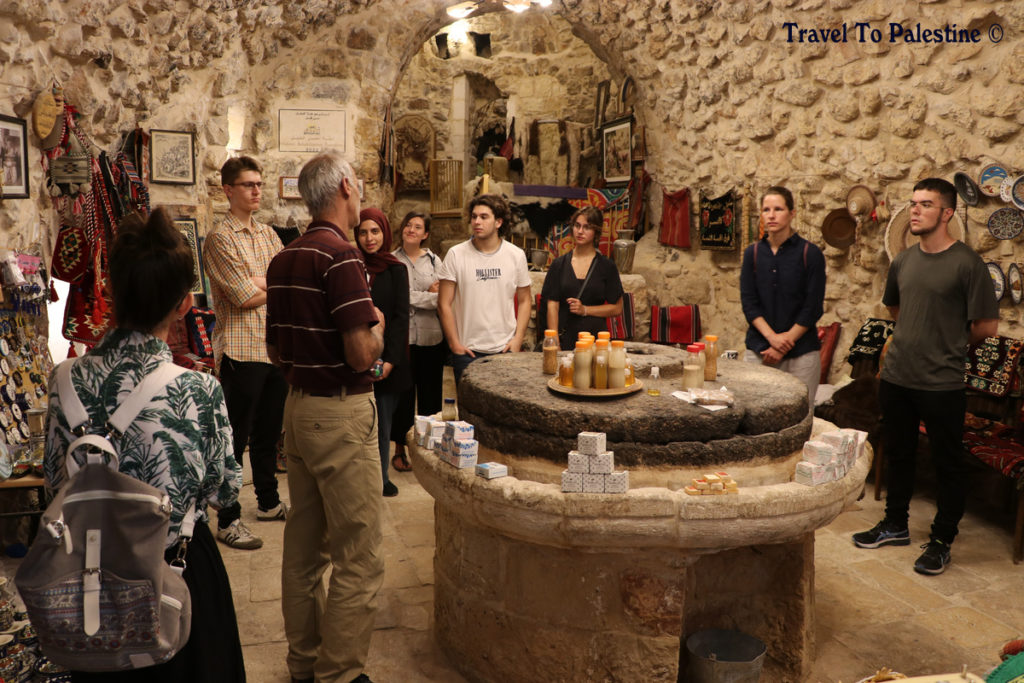
What Should You Visit In Hebron?
The Charms of Hebron’s Old Town
Nestled in the southeast corner of modern Hebron, the old town exudes an aura of timeless allure, anchored by the iconic Al-Haram al-Ibrahimi. A journey through its storied past reveals a mix of cultural diversity and architectural splendor. From its inception during the early Islamic Period, marked by a shift in its epicenter to the vicinity of Al-Haram al-Ibrahimi, to its conquest by Crusaders in 1099 and subsequent liberation by Saladin in 1187, the old town has been a melting pot of civilizations.
A Combination of Ethnic and Religious Diversity
The old town of Hebron served as a magnet for diverse ethnic clans and religious communities, drawn by its religious and economic magnetism. Emanating from its heart, Al-Haram al-Ibrahimi, the town’s fabric was woven with the threads of harmony and coexistence. Thirteen quarters, including Al-Qala’a and Al-Madrasa, flourished under Mamluk rule, embodying a harmonious blend of cultural traditions. As the Ottoman era ushered in a wave of urban expansion, Hebron’s architectural landscape evolved, reflecting a synthesis of Mamluk and Ottoman influences.
Perseverance of Cultural Heritage
Despite enduring the tumult of two earthquakes in 1837 and 1927, Hebron’s old town stands as a testament to resilience and cultural heritage. Ongoing restoration endeavors have meticulously preserved the town’s architectural legacy, safeguarding its intrinsic value as a symbol of historical, social, and cultural significance. Amidst the winds of change, Hebron’s old town remains a beacon of tradition, offering a glimpse into the rich tapestry of its storied past.
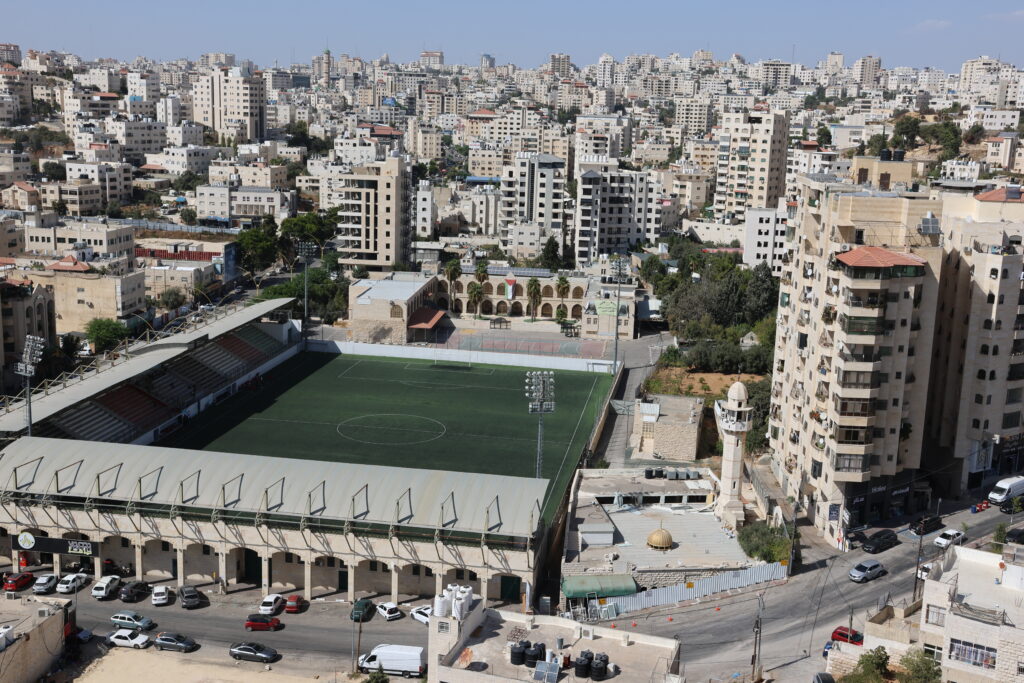
Exploring Al-Haram Al-Ibrahimi: A Testament to Faith and History
Nestled in the southeast corner of modern Hebron, Al-Haram Al-Ibrahimi stands as a revered symbol of Islamic heritage. Dubbed the fourth holiest site in Islam and the second in Palestine, its history intertwines deeply with the legacy of Prophet Ibrahim/Abraham, who is believed to have resided in Hebron millennia ago. His choice to inter his family here imbues the mosque with profound spiritual significance.
Constructed within an enclosure erected by Herod the Great, Al-Ibrahimi Mosque boasts architectural grandeur, with large drafted ashlars reaching 15 meters high. Over the centuries, it has undergone significant transformations. Transitioning from a Byzantine church to a revered Islamic sanctuary under Saladin’s rule, the mosque bears witness to a rich history. The mosque’s cenotaphs, adorned with intricate green tapestries, reflect its esteemed status as a destination for pilgrims worldwide.
However, the mosque’s history is marred by periods of conflict and tragedy. During the Crusader era, it was converted from a church to a mosque, a legacy tarnished by subsequent violence. In 1967, Israeli military control brought further unrest, culminating in a tragic massacre in 1994. Presently, Palestinian access is restricted, underscoring the complex interplay between faith, history, and geopolitics within this sacred space.
Discovering Haram Al-Rama: A Testament to Ancient Beliefs
Situated just three kilometers north of Hebron’s bustling city center, Haram al-Rama holds profound significance in religious lore, tracing back to the tales of Prophet Ibrahim/Abraham. Legend has it that Ibrahim erected a tent in Al-Rama following his separation from his nephew Lot. According to sacred traditions, this sacred site may have been where Ibrahim received the divine revelation of his wife Sarah’s impending motherhood.
Excavations in the 1920s unveiled a remarkable enclosure, measuring 65 by 49 meters, crafted from stones akin to those found in Al-Haram al-Ibrahimi. Through the ages, Al-Rama evolved into a vibrant marketplace, particularly flourishing during the Roman era under Emperor Hadrian’s reign around 135 AD. It served as a hub for traders from Syria, Egypt, and across Palestine, embodying cultural exchange and commerce.
In the fourth century AD, the influential Constantine the Great erected a church within the enclosure, an emblem of religious coexistence amidst diverse beliefs. Depicted on the ancient Madaba mosaic map from the sixth century AD, this church stands as a testament to the area’s rich historical and cultural heritage. Even today, remnants like the roofed cistern with stone basins endure, offering glimpses into Al-Rama’s storied past.
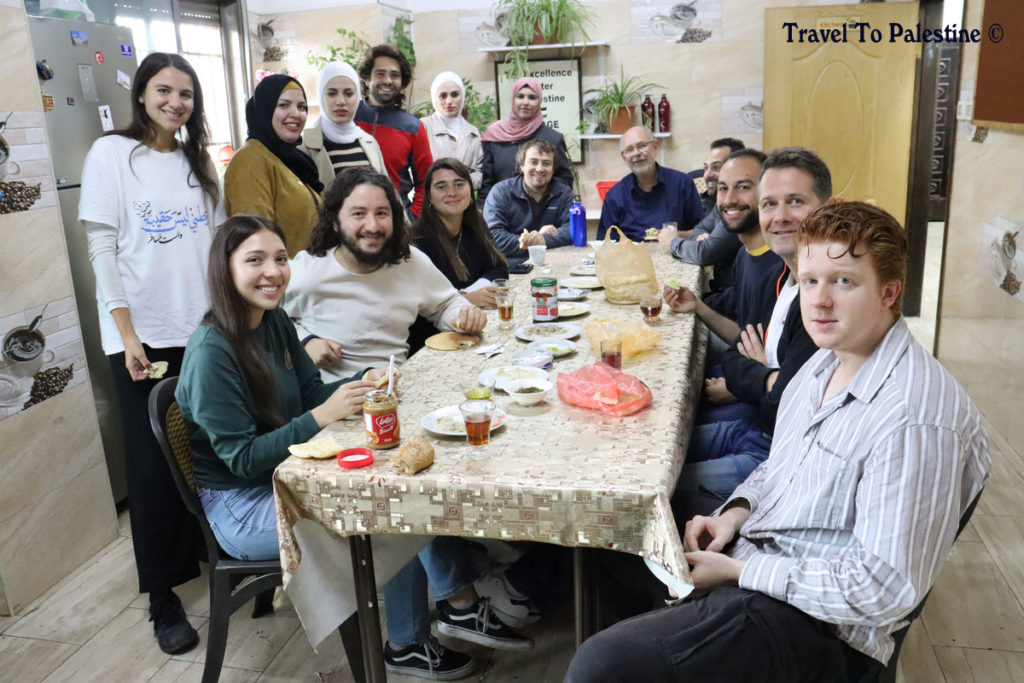
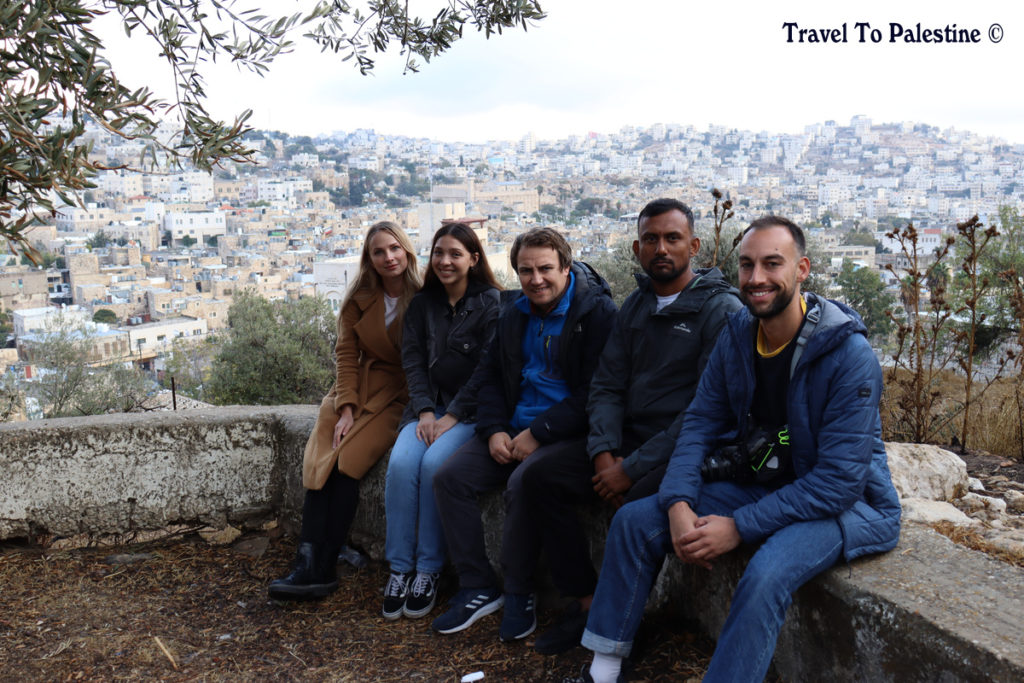
Al-Maskobiya church
Nestled within the verdant Greek Orthodox orchard in Hebron’s western expanse, the Al-Maskobiya church stands as a beacon of religious heritage. Erected in the early twentieth century, this sacred edifice spans an impressive 600 square meters. Adorned by the presence of an ancient oak tree, steeped in myth and legend, it is believed to be the very site where angels descended upon Prophet Ibrahim/Abraham, delivering the joyous news of his wife Sarah’s forthcoming motherhood, heralding the birth of his son Isaac.
Halhoul Village
Embraced by nature’s bounty, the picturesque village of Halhoul lies five kilometers north of Hebron, gracing the Palestinian landscape at an elevation of 1,000 meters above sea level, making it the highest inhabited point in the region. Renowned for its lush vineyards, which yield the famed grapes of Hebron, the village exudes a tranquil charm. Just beyond its borders, the mosque of Nabi Yunis stands as a symbol of spiritual reverence, believed to enshrine the resting place of the revered Prophet Jonah, echoing centuries of Muslim tradition and devotion.
Summary
Hebron, in the southern West Bank, holds a rich heritage and cultural diversity, boasting an ancient legacy. With over 200,000 Palestinians and a hundred Jewish settlers, it’s a melting pot of traditions. Its roots trace back to antiquity, with layers of habitation and biblical significance. The old town of Hebron, anchored by Al-Haram al-Ibrahimi, reflects this rich history. Thirteen quarters, flourishing under Mamluk rule, signify its ethnic and religious diversity.
Despite earthquakes and unrest, preservation efforts maintain its cultural significance. Al-Haram Al-Ibrahimi dubbed the fourth holiest site in Islam, is deeply intertwined with Prophet Ibrahim’s legacy. Originally a church, its transformation into a mosque reflects centuries of history. Haram al-Rama, a significant religious site nearby, further enriches Hebron’s storied past.
